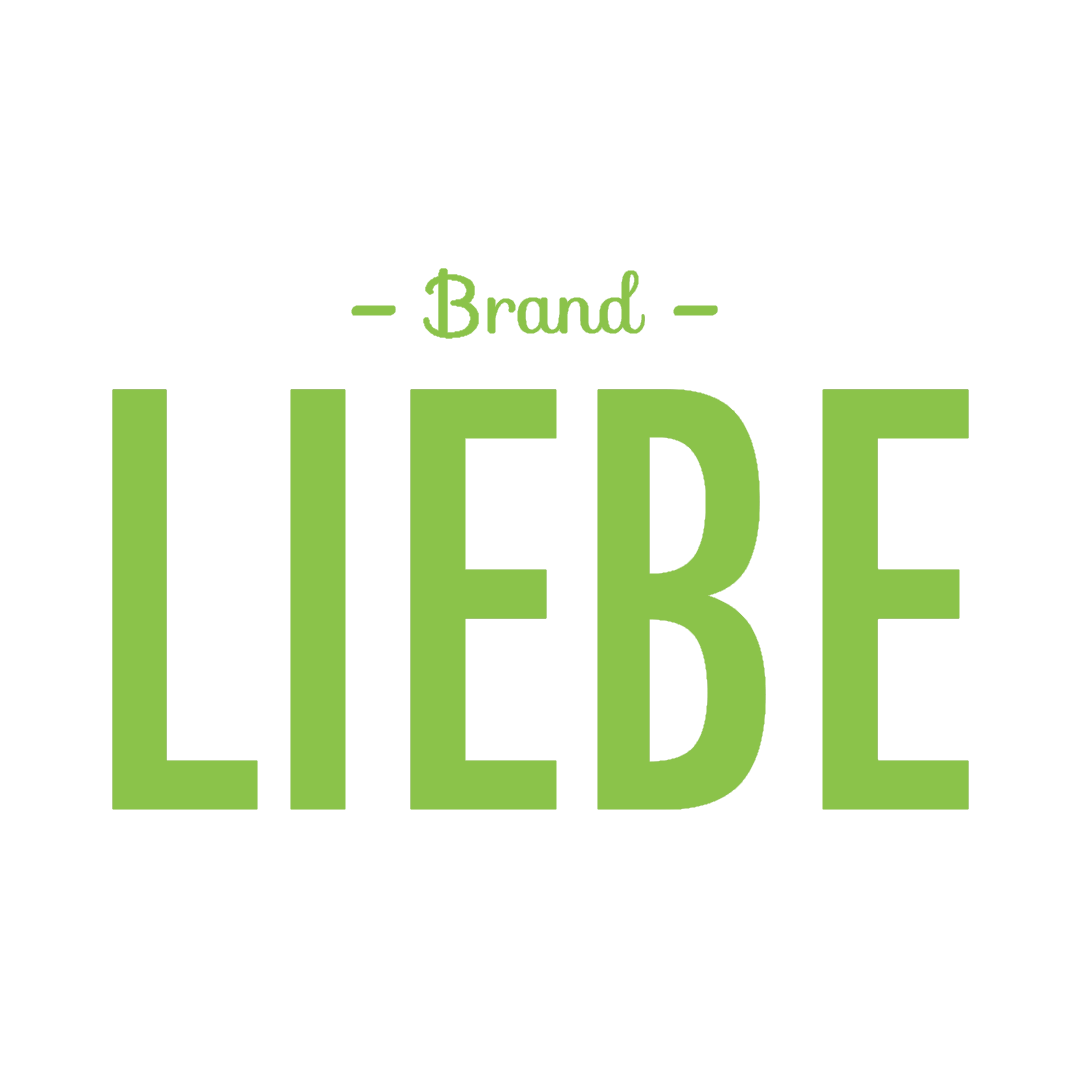Personal development is an ongoing process that involves setting goals, acquiring new skills, and working consistently to improve your personal and professional life. Creating an effective personal development plan (PDP) provides actionable steps to reach your aspirations. This article offers a comprehensive guide to creating a personal development plan to help you achieve personal and professional success.
What Is a Personal Development Plan?
A personal development plan (PDP) is a structured document that outlines the steps you will take to achieve personal and professional development goals. It provides a roadmap to help you stay focused and track your progress over time.
Why Create a Personal Development Plan?
- Provides Clarity: Helps you think about what you want to achieve in life.
- Improves Focus: Guides you toward manageable, measurable, and time-bound goals.
- Tracks Progress: Keeps you motivated by showing how far you’ve come.
- Encourages Growth: Helps you build skills and knowledge for personal success.
Step-by-Step Guide to Creating a Personal Development Plan
1. Self-Assessment
Evaluate where you currently stand in your personal and professional life. Ask yourself:
- What are my strengths?
- What areas still need to improve?
- What skills or knowledge do I lack?
2. Define Your Development Goals
Set personal and professional development goals that align with your aspirations. These goals should be:
- Specific: Clearly define what you want to achieve.
- Measurable: Include metrics to track your progress.
- Achievable: Set realistic objectives.
- Relevant: Align with your broader career and personal aspirations.
- Time-Bound: Include deadlines to keep you accountable.
3. Break Goals Into Smaller Actionable Steps
Large goals can be overwhelming, so divide them into short-term goals. For example:
- Long-Term Goal: Improve leadership development skills.
- Short-Term Goals:
- Enroll in a public speaking course.
- Read a leadership book each month.
- Practice delegation at work.
4. Identify Development Opportunities
Look for ways to acquire new skills or improve existing ones. Opportunities include:
- Attending workshops and seminars.
- Participating in professional development programs.
- Finding a mentor who can help guide you.
- Networking to connect with others in your field.
5. Create a Plan of Action
Write down a detailed action plan that includes:
- Specific steps you need to take to achieve each goal.
- A timeline with deadlines for each step.
- Resources and support required, such as tools, mentors, or training programs.
6. Implement Conscious Habits
Incorporate daily habits that align with your development objectives. For instance:
- Practicing mindfulness to enhance emotional intelligence.
- Setting aside time each week for learning and self-assessment.
- Prioritizing tasks to ensure efficient time management.
Examples of Personal and Professional Development Goals
Personal Development Goals
- Learn new skills, such as cooking or a new language.
- Improve emotional intelligence to enhance relationships.
- Develop conscious habits for better time management.
- Work on public speaking to boost confidence.
Professional Development Goals
- Gain certifications relevant to your field.
- Enhance skills like project management or data analysis.
- Improve communication and leadership skills.
- Build a professional network for growth opportunities.
Development Plan Examples
Example 1: Career Goals
Goal: Become a project manager within two years.
- Steps:
- Take an online project management course.
- Shadow a senior project manager at work.
- Earn a PMP certification.
- Deadline: Complete certification by [specific date].
Example 2: Personal Improvement
Goal: Increase physical fitness.
- Steps:
- Join a gym and work out three times a week.
- Track progress using a fitness app.
- Maintain a balanced diet.
- Deadline: Achieve fitness goal within six months.
Tracking Progress and Staying Motivated
- Regularly review your plan to ensure you’re on track.
- Celebrate small wins to stay motivated.
- Adjust your plan if circumstances or priorities change.
- Keep development goals manageable and realistic.
Benefits of a Personal Development Plan
- Provides a Sense of Direction: Helps you stay focused on what you want to achieve.
- Promotes Continuous Growth: Encourages you to invest in personal development.
- Improves Professional Growth: Builds skills to enhance career opportunities.
- Helps You Achieve Personal Goals: Guides you toward a fulfilling and balanced life.
Final Thoughts
An effective personal development plan is an essential tool for personal and professional growth. By setting specific, measurable, and achievable goals, breaking them into actionable steps, and tracking your progress, you can work toward a life of continuous improvement. Whether you’re looking to develop leadership skills, achieve personal success, or grow in your career, a PDP will help you create a roadmap to reach your goals.
Investing in personal development is one of the most valuable decisions you can make for your future.







